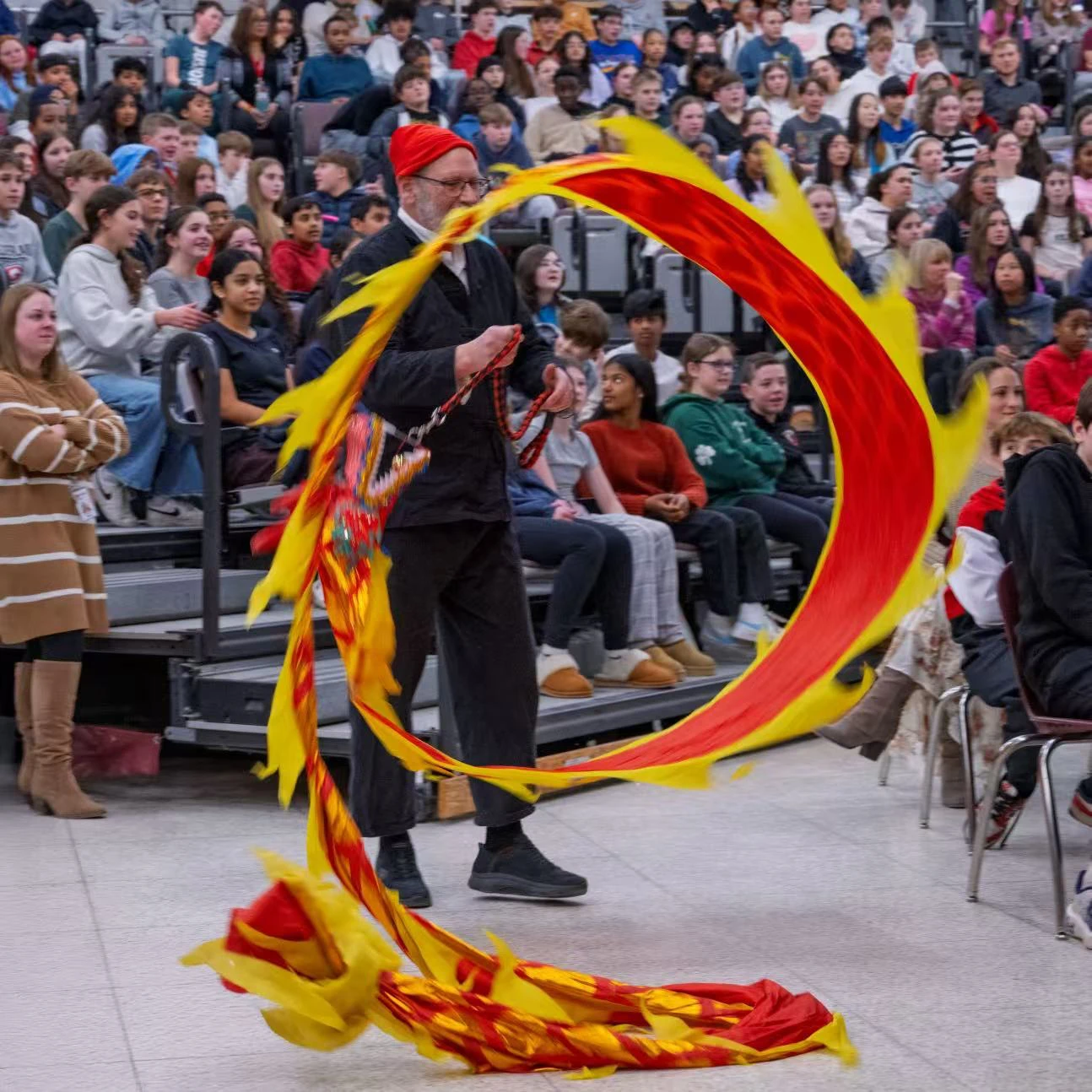Dragon Dance in the NY Capital Region
In the Capital Region of New York, the dragon dance was first introduced by artist Ping Xu and has since become a vibrant part of the Chinese community. It has grown to include dancers of all ages, genders, and backgrounds. Today, dragon dancers are among the most beloved performers at schools, festivals, and cultural events throughout the region—bringing joy and energy to Lunar New Year celebrations and beyond.
AANY Featured Dragon Dance Artists:
- Wei Wei Zhang
- Scott Bogardus
- Robert Tait






